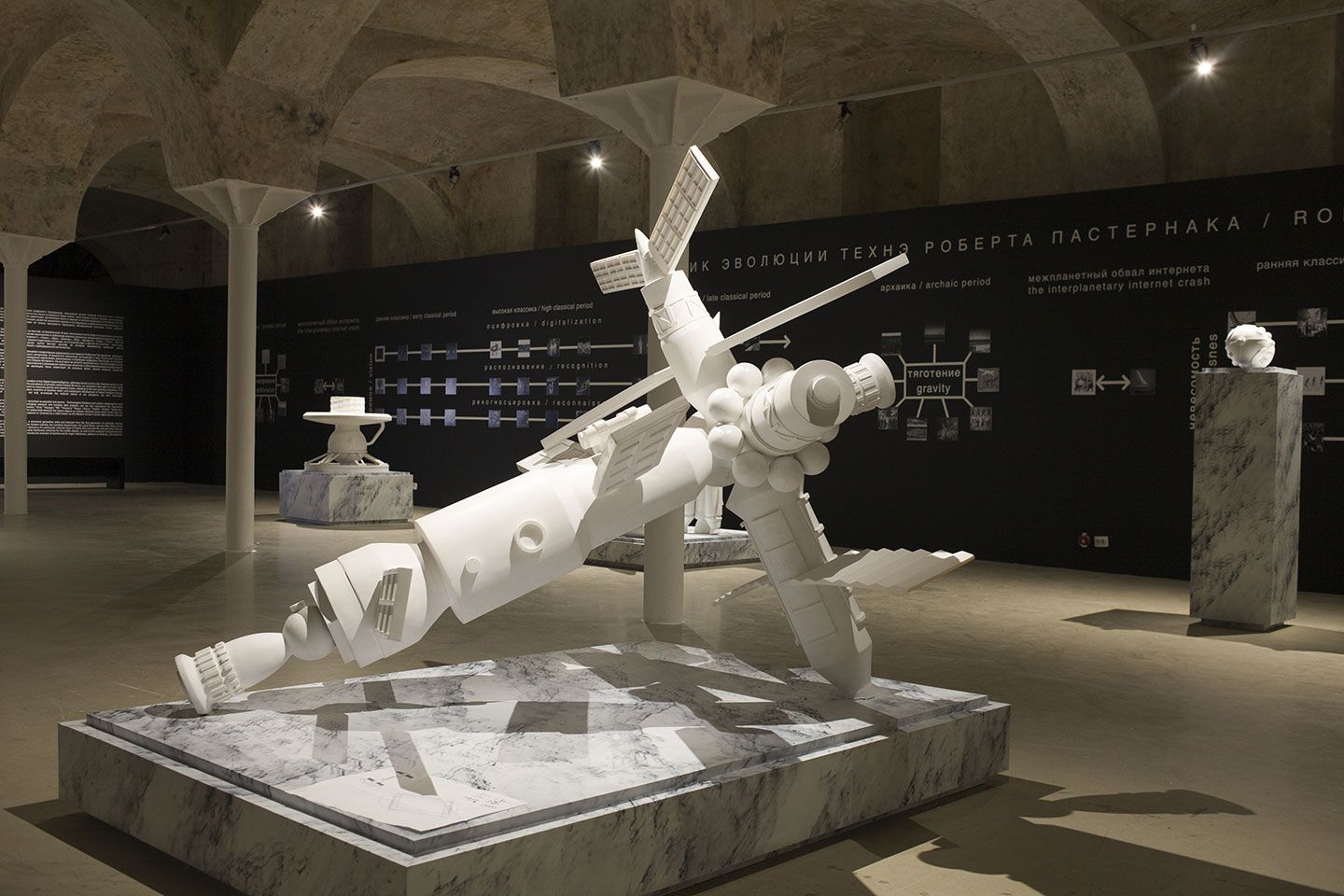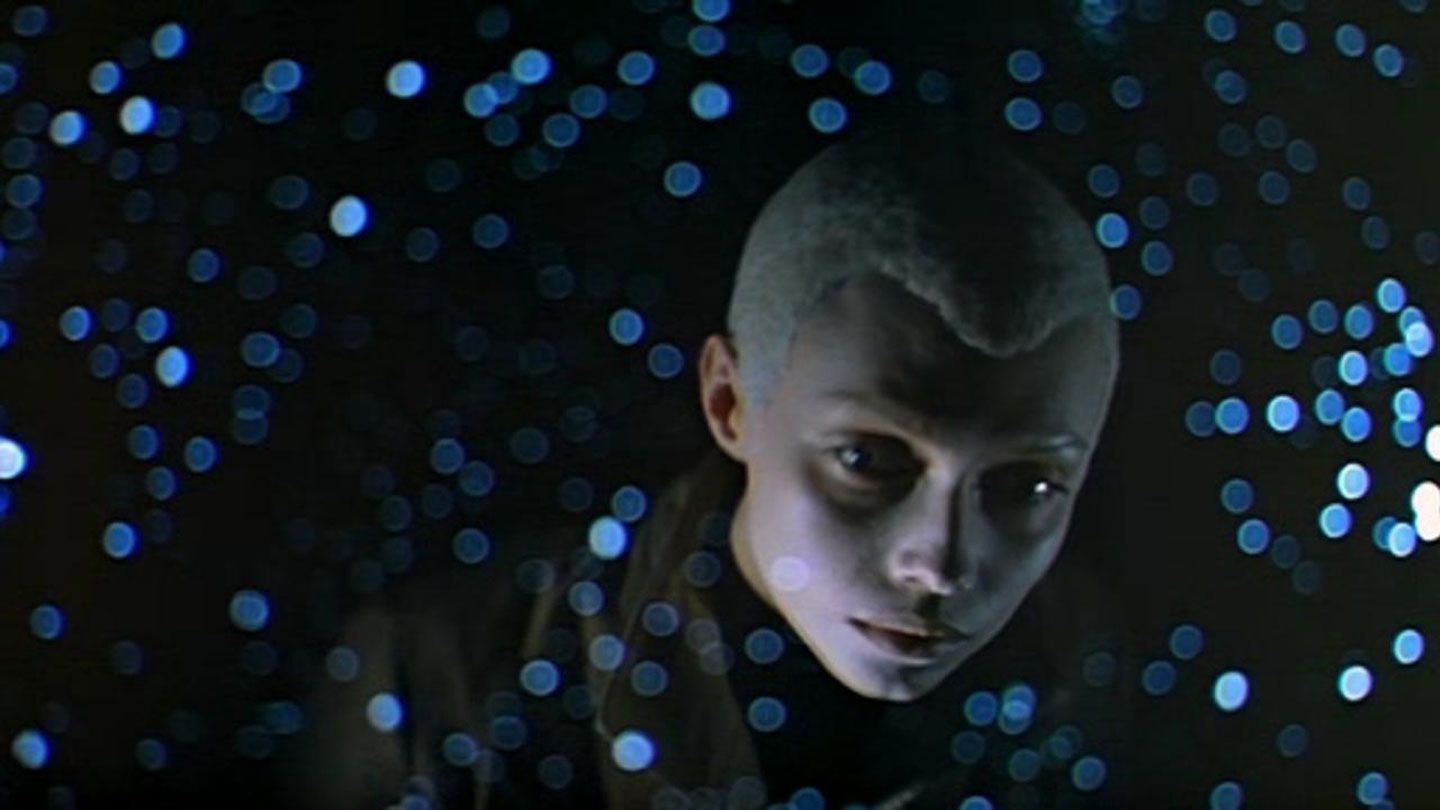
Galina Balashova, Design for the Cabin of the Mir Space Station, Final Variant of the Interior Fittings (1980) in the book Galina Balashova: Architect of the Soviet Space Programme (Berlin: DOM Publishers, 2015). © Galina Balashova Archive.
If constructivism and productivism are oriented towards the production of new forms of being and communist world-building, the task of art, according to Bogdanov, is less radical and much more modest. Art is the education of the senses. It organizes feelings and emotions into images and forms. The “unity of form and content,” “harmony,” and “creativity” are epithets that Bogdanov uses to discuss proletarian art.
Cosmists regard progress not as a goal or an end in itself, but rather as a necessary sacrifice that is an integral part of humanity’s struggle to survive and evolve. Real development, they believe, can only begin after humanity triumphs over death and learns how to resurrect the dead. This vision suggests that the future becomes the reconstruction or restoration of the past, and the arrow of time bites its own tail.
Can we resurrect the people who have not been born yet, but who nevertheless died prematurely due to environmental devastation, hunger, racism, and inequality? Perhaps by learning from Fedorov to think about time as a landscape—one that we shape in the same way that we shape the earth’s surface—we can develop a framework for thinking some of our most urgent crises.
For cosmism and communism, emancipation is a practice of ascent, or anagogia—a project of virtue. Instead of resistance to evil, there is a fervent assertion of virtue. This does not mean that such assertions always go smoothly.
The so-called mystery-opera Victory Over the Sun, written and staged by the Russian futurists in 1913 (Alexei Kruchenych, Velemir Khlebnikov, Matyshin, Malevich), celebrates the imprisonment of the sun, the collapse of the cosmic order, and a kind of cosmic night in which all becomes possible. Here, indeed, chaos reigns. The usual chains of cause and effect are torn apart and life becomes unpredictable. In this chaos, only strongmen (silachi) can survive—actually, the futurists themselves. And the opera ends with the promise that the strongmen will live forever: their reign of chaos will never end. What guarantees the fulfillment of this promise? Nothing, actually.
The whole thrust of Fedorov’s revolutionary project was to shift our perspective from creation to recreation. Like recreation, revolution itself contains a repetitive moment: it implies a movement of returning to something—at least to the moment of an ultimate reconfiguration of all relations before a new sociopolitical order is established, a moment of both rescission and reconstitution, a burst of destituent and constituent powers with which any radical project is imbued.
“Cosmology of the Spirit” proclaims the necessity of communism from the point of view of the universe’s immanent logic of becoming. In Ilyenkov’s text, communism turns out to be a much more serious historical and cosmic event, not limited to the scale of the planet. If the world still exists, this is because it was shaped by a previous cycle of the ontological machine whose necessary cog is fully actualized communist reason.
Set in the “immediate future” of 1946, The Cosmic Voyage narrates the first manned mission to the moon by a venerable academic with similarities to rocket scientist and cosmist theorist Konstantin Tsiolkovsky, who in fact consulted on the film’s design and who approved its screenplay before his death in the year of the film’s release. Though The Cosmic Voyage was billed as a sound film, the soundtrack is wholly musical, and the actors follow conventions of silent cinema. And yet, despite its stylistic archaism, the film exhibits several features that make it into a powerful model not only for the “immediate future,” but also for a future cinema.








